Post-Combustion CO2 Capture Technologies
Post-combustion capture technologies focus on removing CO2 from flue gases after the combustion process. These methods are particularly valuable for retrofitting existing power plants and industrial facilities such as cement or lime plants.

Here are the main technologies and their characteristics:
Solvent-Based Scrubbing
Solvent-based scrubbing is the most mature and widely used post-combustion capture technology. It typically employs amine-based solvents to absorb CO2 from flue gases.
Key features:
- Can achieve high CO2 capture rates (up to 90%).
- Suitable for retrofitting existing plants.
- Extensively studied and commercially available.
Challenges:
- High energy requirements for solvent regeneration.
- Potential for solvent degradation and equipment corrosion.
- Environmental concerns related to amine emissions.
Emerging developments
- Advanced solvents with lower regeneration energy.
- Process optimizations to reduce energy penalties.
- Novel contactor designs for improved mass transfer.
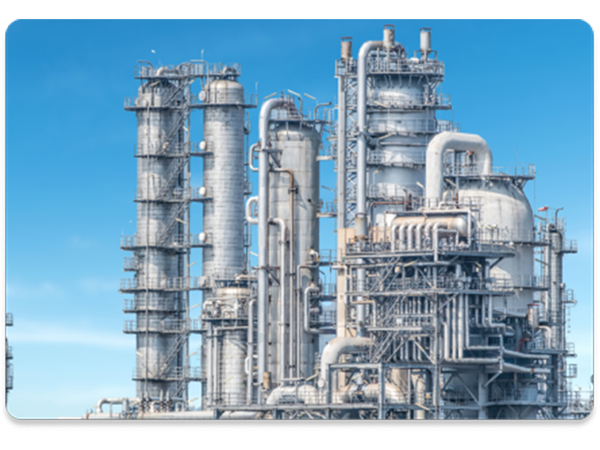
Solid Sorbents
Solid sorbents offer an alternative to liquid solvents, using porous materials to adsorb CO2 from flue gases.
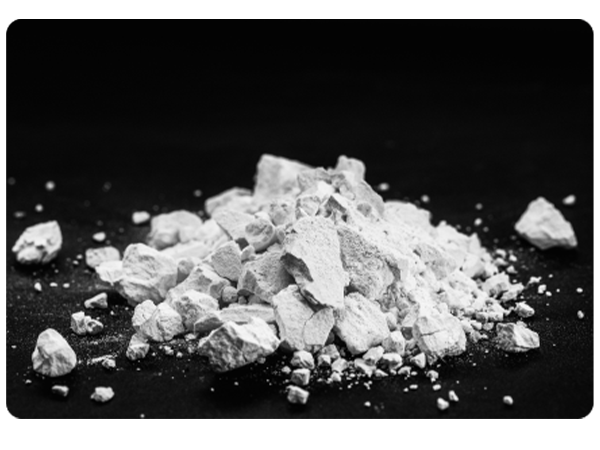
Advantages
- Lower energy requirements for regeneration.
- Reduced corrosion issues compared to amine solvents.
- Potential for lower overall costs.
Challenges:
- Lower CO2 capture capacity compared to some solvents.
- Sorbent degradation over multiple cycles.
- Heat management in large-scale systems.
Promising materials:
- Activated carbons.
- Zeolites.
- Metal-organic frameworks (MOFs).
- Amine-functionalized silica.
Membrane Separation
Membrane technology uses selective permeation to separate CO2 from other flue gas components.
Benefits:
- Compact and modular design.
- No need for chemical additives.
- Potential for lower energy consumption.
Limitations
- Lower selectivity compared to solvents.
- Membrane fouling and degradation.
- Challenges in scaling up for large flue gas volumes.
Recent advancements:
- Development of high-performance polymeric membranes.
- Mixed-matrix membranes combining polymers and inorganic materials.
- Facilitated transport membranes for enhanced CO2 selectivity.
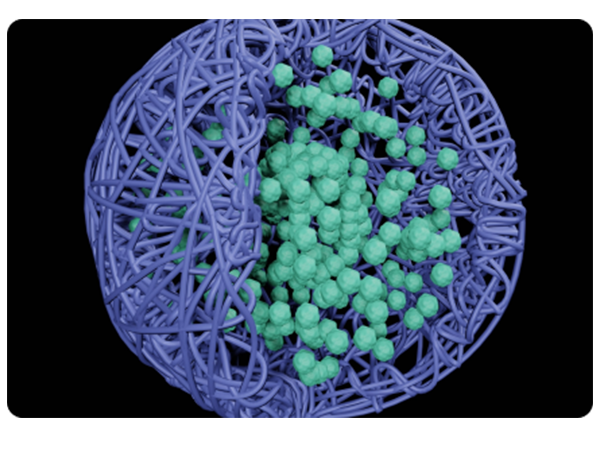
Cryogenic Separation
This method involves cooling and compressing flue gases to separate CO2 through phase changes.
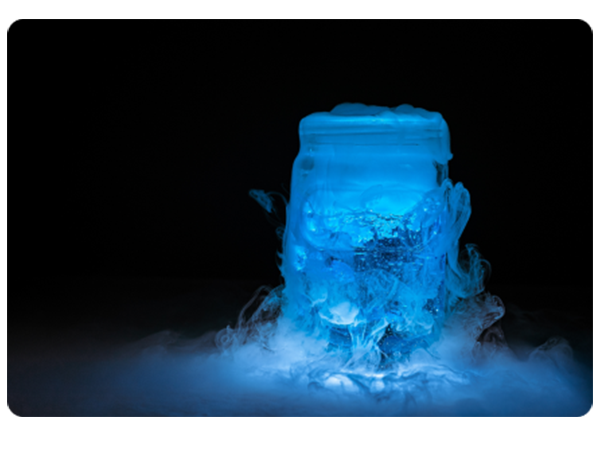
Advantages:
- Produces high-purity CO2 suitable for industrial use.
- Can handle high CO2 concentrations effectively.
Drawbacks:
- High energy requirements for cooling and compression.
- Not economically viable for low CO2 concentrations.
- Potential for equipment fouling due to moisture freezing.
Calcium Looping
This process uses calcium oxide to react with CO2, forming calcium carbonate, which is then regenerated in a separate Reactor.
Benefits:
- Uses abundant and low-cost sorbent material (limestone).
- High temperature operation allows for efficient heat integration.
- Potential for lower energy penalties compared to amine scrubbing.
Challenges:
- Sorbent degradation over multiple cycles.
- High attrition rates in fluidized bed systems.
- Handling large solid material flows.
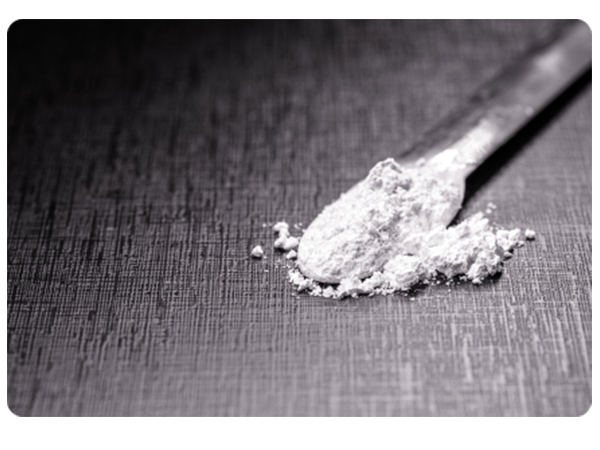
Post-combustion CO2 capture technologies continue to evolve, with ongoing research focused on improving efficiency, reducing costs, and minimizing environmental impacts. As these technologies mature, they will play a critical role in mitigating CO2 emissions from existing and future power plants and industrial facilities.